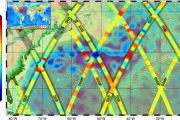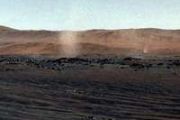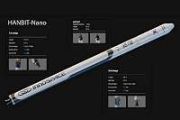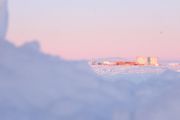
Copernical Team
New technologies for the future of European space

What do bacteria-based food production, avalanche monitoring and the mapping of Venus have in common? They can all be found among the topics of the 47 research and development activities funded by ESA's Discovery & Preparation programme between January and June 2023.
Russian space boss warns ISS equipment beyond warranty
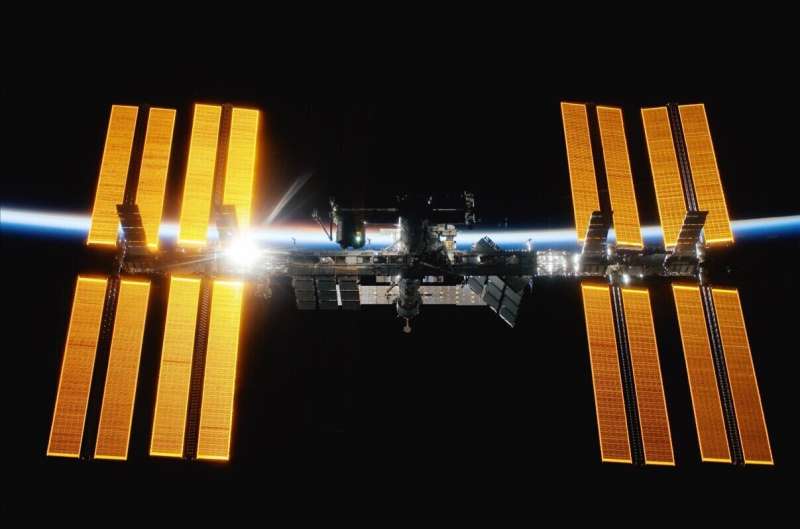
Moscow's Roscosmos space chief warned Friday that most Russian equipment on the International Space Station (ISS) was beyond its warranty, weeks after the station's Russian segment sprang another coolant leak.
The leak, Russia's third in less than a year, raised new questions about the reliability of the country's space program, even as officials said crew members were not in danger.
"The International Space Station is approaching the finish line of its existence," Roscosmos boss Yuri Borisov said on state television.
"We extended the operation of the Russian segment by government decision until 2028, but, unfortunately, it has already exceeded all permissible periods of existence," he said.
"Eighty percent of the Russian equipment is beyond the warranty period," he warned.
Moscow's once pioneering space program has faced multiple setbacks since the collapse of the USSR, including the loss of two Mars missions and its first lunar probe in almost 50 years this August.
In the same interview, Borisov said there were "serious conclusions" to draw from the recent Luna-25 crash.
"Luna-25 was 16 years in the making," he said.
Media Invitation: Euclid mission to release first full-colour images of the cosmos on 7 November
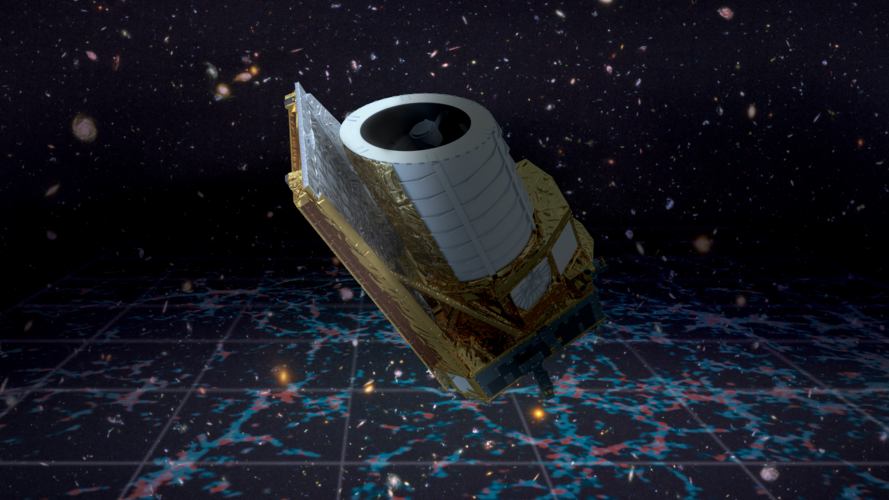
ESA’s Director of Science Carole Mundell and leading scientists from across Europe will gather at ESA’s Space Operations Centre in Darmstadt, Germany, to discuss with Media the first, razor-sharp astronomical images of the Euclid mission, looking for mysterious, dark matter and energy.
Week in images: 23-27 October 2023

Week in images: 23-27 October 2023
Discover our week through the lens
Earth from Space: Elephant Island
 Image:
This rare, almost cloud-free view of the remote Elephant Island in Antarctica was captured in February 2023 by the Copernicus Sentinel-2 mission.
Image:
This rare, almost cloud-free view of the remote Elephant Island in Antarctica was captured in February 2023 by the Copernicus Sentinel-2 mission. Watch live: ESA’s Earth Observation Commercialisation Forum

ESA’s first-ever Earth Observation Commercialisation Forum will take place next week at ESA Headquarters in Paris from 30 to 31 October 2023. The event will see investors, institutions, entrepreneurs and companies of any size from the Earth observation sector coming together to discuss the commercial potential and challenges of Earth observation. Follow our live steaming on ESA WebTV Two.
Hull Street Energy helps fuel Upstream Tech's mission in environmental monitoring
 In a significant move to bolster innovation in environmental resource management, private equity firm Hull Street Energy ("HSE") has invested in technology company Upstream Tech. Known for their respective strengths in the power sector and water resource management, the two companies aim to synergize their operations to address key global challenges.
Upstream Tech has garnered a reputation
In a significant move to bolster innovation in environmental resource management, private equity firm Hull Street Energy ("HSE") has invested in technology company Upstream Tech. Known for their respective strengths in the power sector and water resource management, the two companies aim to synergize their operations to address key global challenges.
Upstream Tech has garnered a reputation Ancient landscape discovered beneath East Antarctic Ice Sheet?
 The research team, led by Durham University, UK, used satellite data and radio-echo sounding techniques to map a 32,000 km2 area of land underneath the vast ice sheet.?
They discovered a landscape that appears to have been formed by rivers at least 14 million years ago and possibly even before the initial growth of the East Antarctic ice around 34 million years ago.
This newly discov
The research team, led by Durham University, UK, used satellite data and radio-echo sounding techniques to map a 32,000 km2 area of land underneath the vast ice sheet.?
They discovered a landscape that appears to have been formed by rivers at least 14 million years ago and possibly even before the initial growth of the East Antarctic ice around 34 million years ago.
This newly discov BlackSky grabs back-to-back contracts for legacy ministry of defense customer
 BlackSky Technology Inc. (NYSE: BKSY) won two back-to-back contracts from a legacy international defense ministry customer to continue on-demand, real-time high-frequency imagery and analytics services and conduct research on future multi-sensor space capabilities.
"BlackSky has built an unparalleled space-based intelligence platform that pushes the strategic advantage of foresight to the
BlackSky Technology Inc. (NYSE: BKSY) won two back-to-back contracts from a legacy international defense ministry customer to continue on-demand, real-time high-frequency imagery and analytics services and conduct research on future multi-sensor space capabilities.
"BlackSky has built an unparalleled space-based intelligence platform that pushes the strategic advantage of foresight to the LIGO surpasses the quantum limit
 In 2015, the Laser Interferometer Gravitational-Wave Observatory, or LIGO, made history when it made the first direct detection of gravitational waves, or ripples in space and time, produced by a pair of colliding black holes. Since then, the U.S. National Science Foundation (NSF)-funded LIGO and its sister detector in Europe, Virgo, have detected gravitational waves from dozens of mergers betwe
In 2015, the Laser Interferometer Gravitational-Wave Observatory, or LIGO, made history when it made the first direct detection of gravitational waves, or ripples in space and time, produced by a pair of colliding black holes. Since then, the U.S. National Science Foundation (NSF)-funded LIGO and its sister detector in Europe, Virgo, have detected gravitational waves from dozens of mergers betwe 





